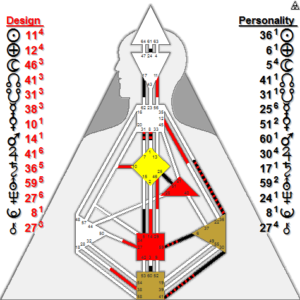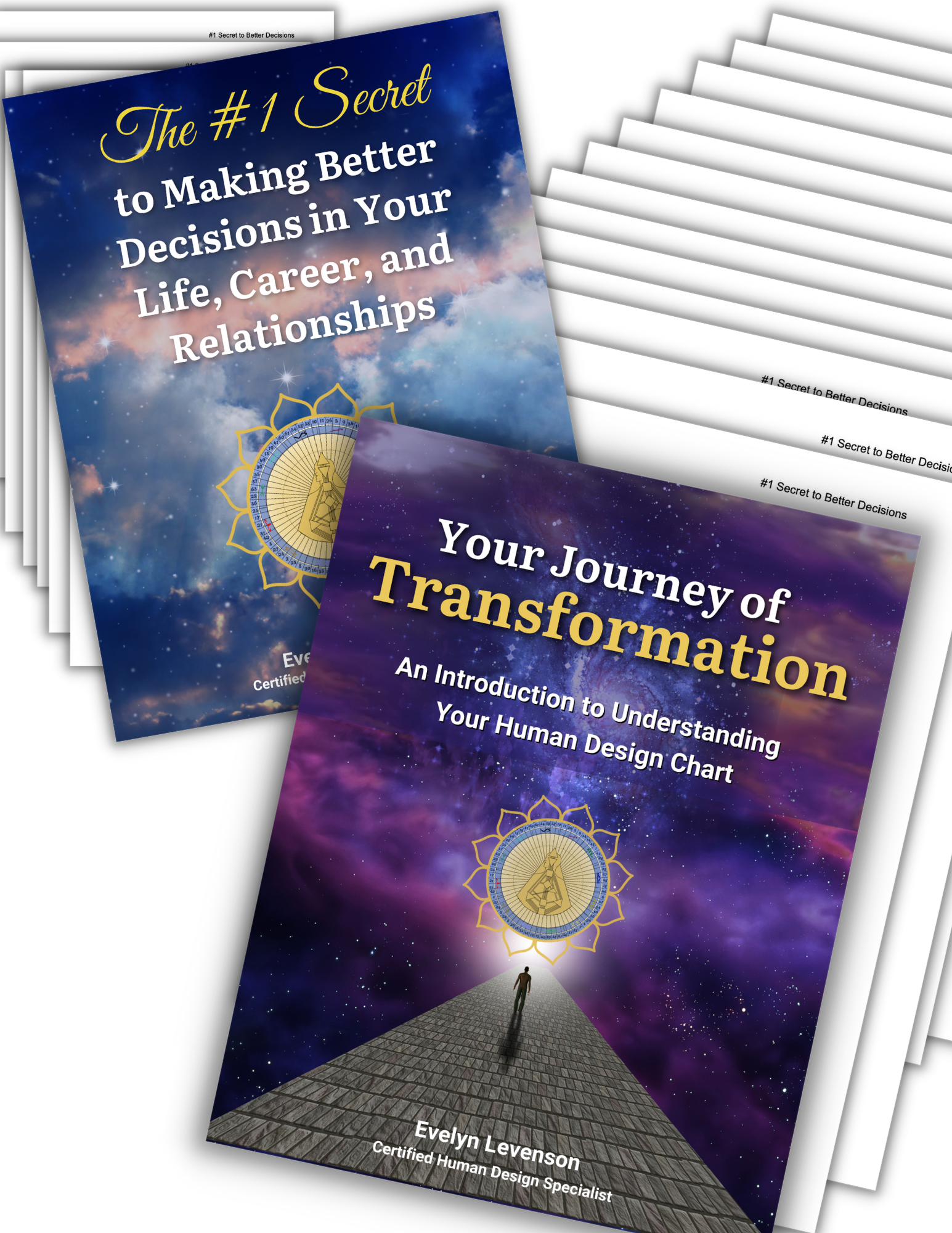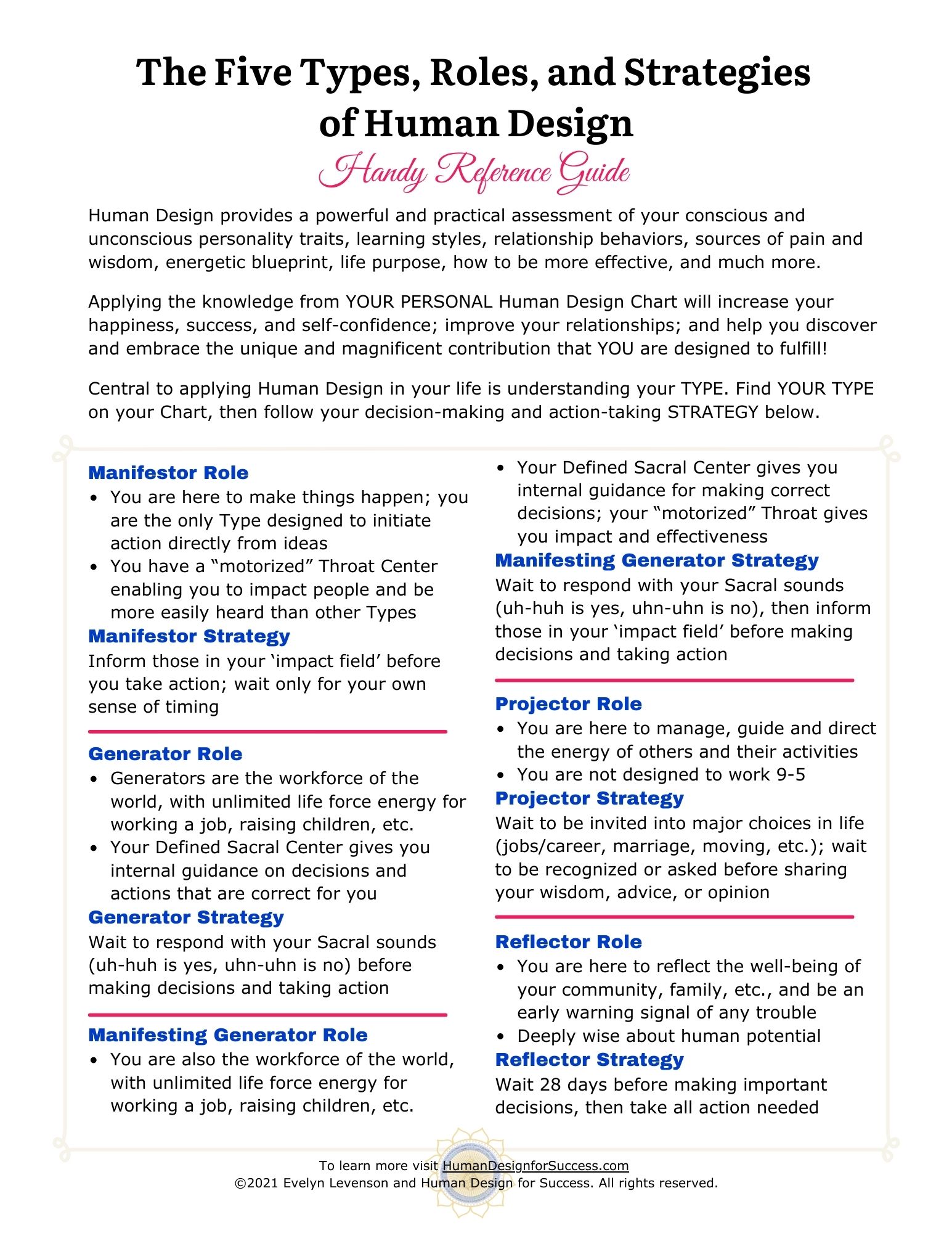Birth info: March 14, 1879 in Ulm, Germany, at 11:30am
Passed: April 18, 1955 in Princeton, NJ at the age of 76
Here is a brief look at a celebrity’s Human Design chart, focused mainly on that person’s defined channels. Channels are just one of many aspects and layers of a chart. Our purpose here is just to give you a quick glimpse, through Human Design, into this person’s energy dynamics. This is not a full review of a chart. (Article co-written with Karen Flaherty)
Background
In 1999, Time Magazine named Albert Einstein “the Person of the Century.” He grew up in Germany and Italy, studied in Switzerland, and later worked in the patent office in Bern, yet many from Einstein’s early life would not have anticipated that particular distinction. The combination of his upbringing, education, isolation and disdain for authority led to unusual situations for this sensitive and intellectually curious person.
Two crucial moments occurred in his youth. At age 5, he was shown a compass and wondered what the invisible energies were that forced the needles to move. At age 12, he devoured his first geometry book.
By age 16 he was obsessed with the question: “What will happen if you race alongside a light beam?” (www.biography.com). By age 26, in what many called his “miracle year” of 1905, he had published four major papers that laid out his theories of general and relative relativity, photoelectric effect and mass-energy equivalence. Not too shabby for someone whose teachers agreed that he would likely not amount to anything!
Albert’s Chart
How His Chart Expressed Through His Life
While Einstein’s brain has been preserved, we can probably see more in his Human Design chart than they’ll ever find in his brain cells. Having both an Open Head and Open Ajna, he had an intellectual curiosity and open-mindedness that would cause him difficulties with rote learning in school. He would be thinking “outside the box”, taking in any information he was given and turning it on its axis.
Einstein could learn something new, delve into it with passion and then just as quickly move onto another topic when that one was disproven by a new book. While devoted to religion at an early age, he was dissuaded from it after reading a number of science books given to him by a young medical student who was a friend of the family. This is a common experience for an Open Head and Ajna—whose perspectives quickly expand when they leave the family nest.
As bright as he was in math and science, he was terrible in most other subjects and was often reprimanded for missing classes due to pursuing his own studies in isolation. It would seem that his completely Open Head (with no gate activation at all) was a wonderful playground for his preferred intellectual activities, but not for what didn’t interest him.
With the gates of Rationalization, Ideas and Opinions as the only definition of his Ajna, he was able to get an idea, rationalize it until the end result he sought justified the means and then form a testable theory (opinion) about it. With his Open Throat, and the activation of the gates for Caution, Influence and Creative Contribution, his writing was accomplished, thoughtful and sufficiently sophisticated by the age of 26 to be published in one of the major physics journals of its time. By 1921, he was awarded the Nobel Prize in Physics, and maintained his role as “the most influential physicist” of the 20th century.
His three defined channels illuminate key themes in his life:
- The 25-51 is the Channel of Initiation. Linking the Love of Spirit and the gate of Shock, this channel is key to bringing humanity closer to the love of the Spirit through shocking words or actions. Einstein’s theories shocked the world of physics by questioning Newtonian physics, long regarded as the only way to think about physics. Shocking, indeed!
- The 41-30 is the Channel of Fantasy & Desire. As creative types in any field will attest, this emotional wave that contains both Fantasy and Desire–with a heavy dose of Intensity–goes a long way to explaining the very long and introspective periods of isolation that Einstein became known for among his family and colleagues. He would do his work at the patent office in Bern and then spend the rest of each day alone, writing and thinking.
- The 59-6 is the Channel of Reproduction and Mating, and can be a great source for new ideas that are literally birthed from the Sacral. The creativity that is born here is the type that ensures the health of the planet, the growth of humanity, and the defense of our species. While a combination of both Intimacy and Impact, it pokes and prods one’s psyche in a continual loop of growth and contraction–which leads to a successful creative process. Of course, not all of us are as successful or creative as Einstein was, but the potential is always there!
Attributes that made Albert Einstein a successful physicist were balanced by attributes that distinguished him as a peace-loving person. He had an innocent nature – most likely from his Incarnation Cross of Eden – that had him question the ways in which his remarkable theories were being utilized. His strong sense of responsibility, echoed and amplified in his Chiron after age 50, had him write a book called “Why War?” in 1933, the same year he decided to stay in the US during a visit to Princeton University. His gate 38 – “what’s worth fighting for?” – likely had an influence on his later theories of war and peace as well.



